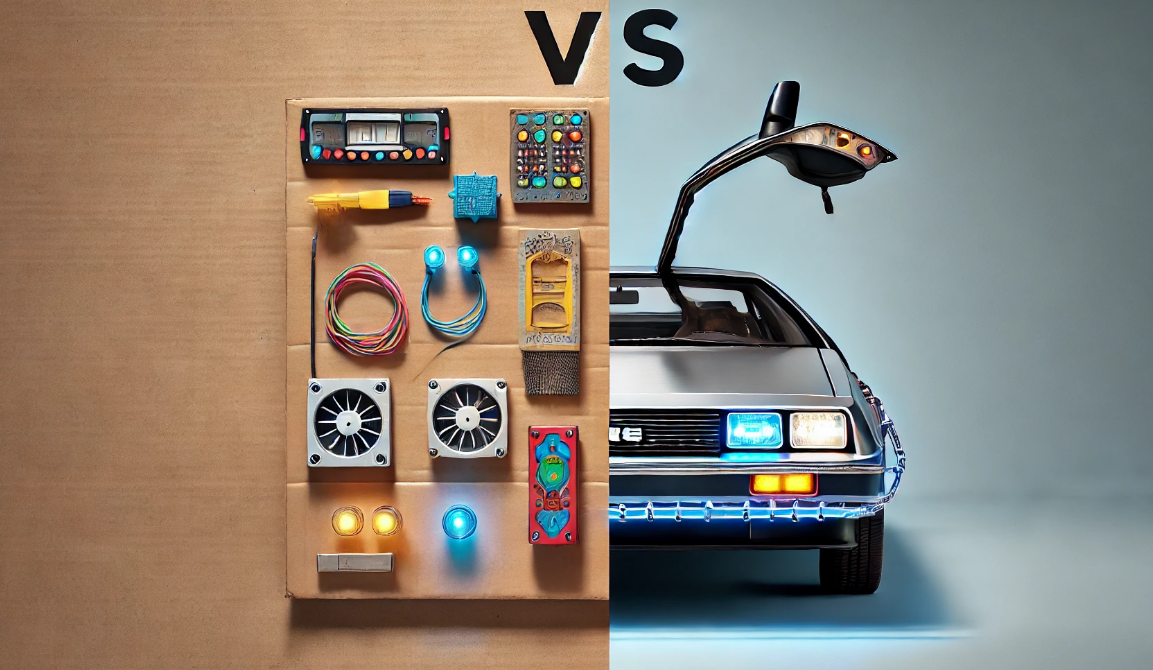Value, what is this?
-
Simone Rossi
- 25 May, 2023
- 02 Mins read

We all talk about value: adding value to a product, eliminate waste and create more value, valuable activities, customer value... But what is identified by this word?
Lean thinking
The Lean implementation (we will talk about Lean in another article) requires five steps:
- Identify value
- Map the value stream
- Make the steps in the stream flow
- Establish a pull logic, rather than push
- Seek perfection through continuous improvement
The first and most important step is the first one: identify the value.
Value definition
James P. Womack and Daniel T. Jones in their book Lean Thinking, give the following definition of value:
"Value is defined by the customer (externally focused) and is only meaningfully expressed in terms of a specific product that meets the customer's needs at a specific price and specific time. A common error in traditional manufacturing operations is to define value internally (internally focused) and, if the customer fails to respond, the product is modified or the price is adjusted or a different marketing strategy is tried. Lean Thinking must ignore existing assets and technologies and rethink the business on a product-line basis with strong dedicated product teams. It must also redefine the role of the technical experts and re-evaluate where to create value for the customer."
This definition of value has been shortened or changed during the time, however the focus on the customer is unchanged. Other definition of value may be:
- A capability provided to a customer at the right time at an appropriate price, as defined in each case by the customer
- Everything that the customer is willing to pay for
- Inherent worth of a product as judged by the customer and reflected in its selling price and market demand
Conclusion
Value is defined by the ultimate customer, not by the manufacturer/provider of the good or service. We must identify what is valuable for our customers to have a great impact on them, to meet and exceed their expectations!







